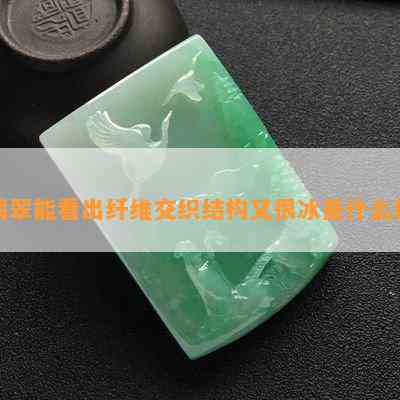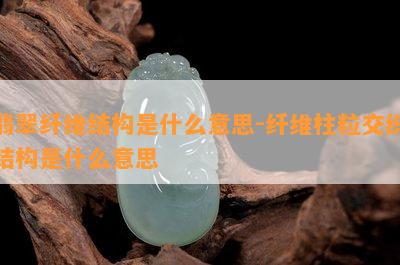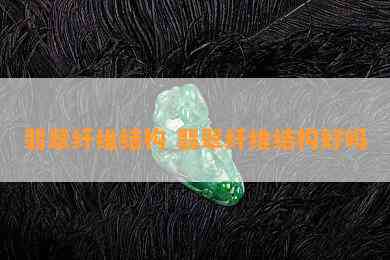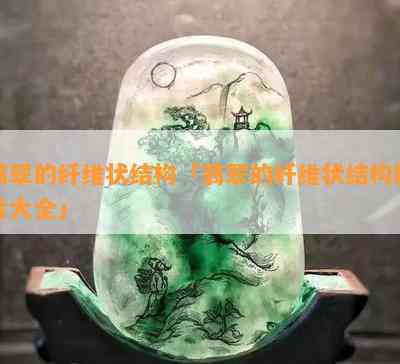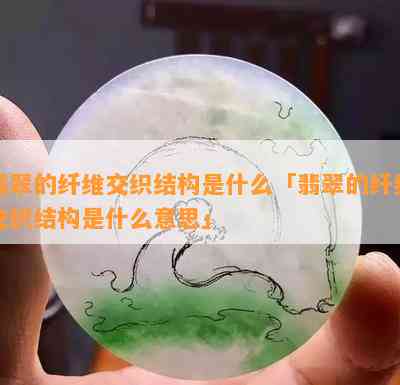翡翠纤维交织结构图「翡翠纤维交织结构图片」
Introduction:
Jade, an ornamental mineral composed of two different silicate minerals, has been highly valued for thousands of years in many cultures of the world, especially in China. Jade has been praised not only for its beauty but also for its durability, which makes it a symbol of strength and nobility. Recently, researchers have discovered a new form of jade, which is made of interwoven jade fibers and has remarkable mechanical properties. In this article, we will discuss the interlaced structure of jade fibers and the properties that make it a promising engineering material.

Formation of Jade:
Jade is mainly composed of two different silicate minerals: jadeite and nephrite. Jadeite is a sodium-rich pyroxene, while nephrite is a calcium-rich amphibole. These two minerals have different crystal structures and physical properties, but both of them can appear green, which is the most popular color for jade. The green color comes from the presence of trace amounts of chromium, which substitutes for aluminum in the crystal lattice.
The interlaced structure of jade fibers:
The new form of jade, which is made of interwoven jade fibers, has been discovered by a team of researchers led by Prof. Huajian Gao from Brown University. The fibers are about 20 microns in diameter and can be several centimeters long. They are tightly interlaced with each other, forming a complex three-dimensional network. This network structure is similar to the way that natural spider silk is woven, but the jade fibers are much stronger and stiffer.
The properties of jade fibers:
The interlaced structure of jade fibers provides them with exceptional mechanical properties. The researchers have found that jade fibers have a tensile strength of about 2.7 GPa, which is higher than most high-strength materials, such as steel and carbon fibers. Moreover, the fibers have a high modulus of elasticity, which means they are very stiff and can resist deformation under stress. The interweaving structure also gives the fibers a high toughness, which means they can absorb and dissipate energy before fracturing.
The engineering applications of jade fibers:
The remarkable mechanical properties of jade fibers make them a potential candidate for various engineering applications. For example, they can be used to reinforce composite materials, such as concrete and polymers, to increase their strength and stiffness. They can also be used to make high-performance fibers and textiles for protective clothing and advanced aerospace materials. In addition, jade fibers can be used to make biomedical devices and implants, such as orthopedic implants and artificial muscles.
Conclusion:
In summary, the interlaced structure of jade fibers provides them with exceptional mechanical properties, including high strength, stiffness, and toughness. These properties make jade fibers a promising engineering material for various applications, such as reinforcement, high-performance fibers, and biomedical devices. The discovery of jade fibers highlights the rich potential of natural materials for advanced engineering and inspires us to explore the mysteries of nature further.

